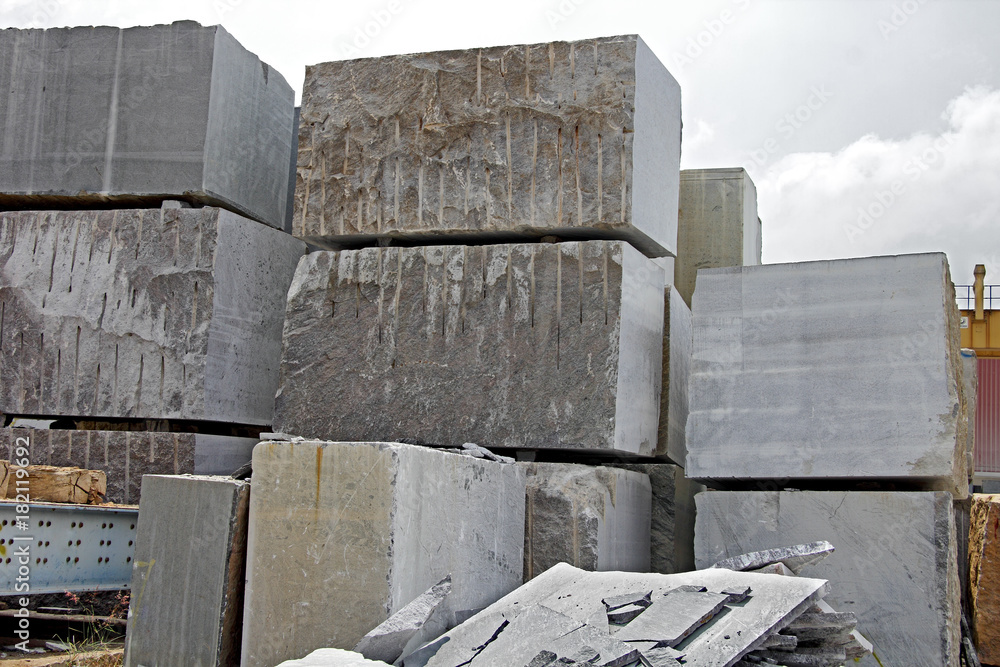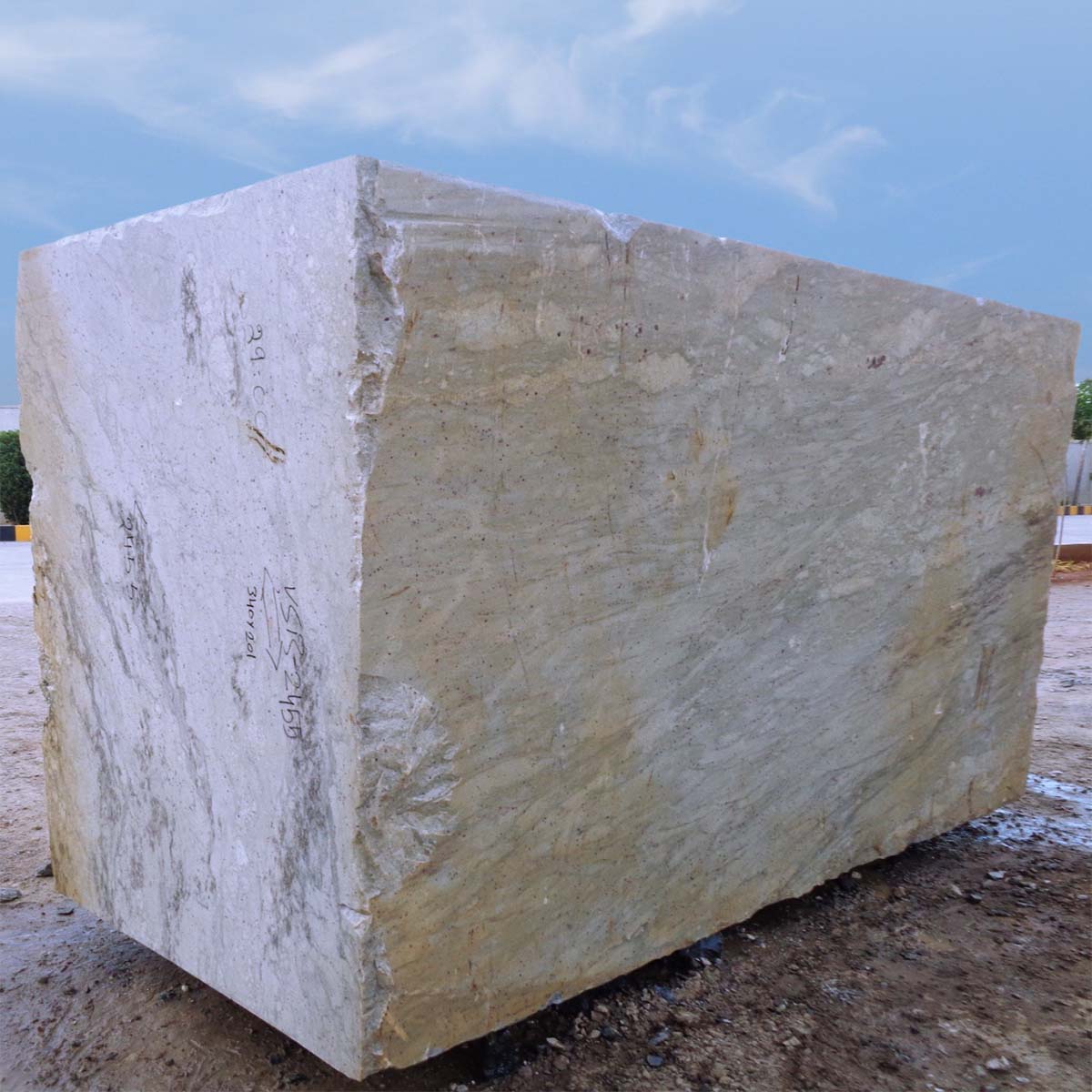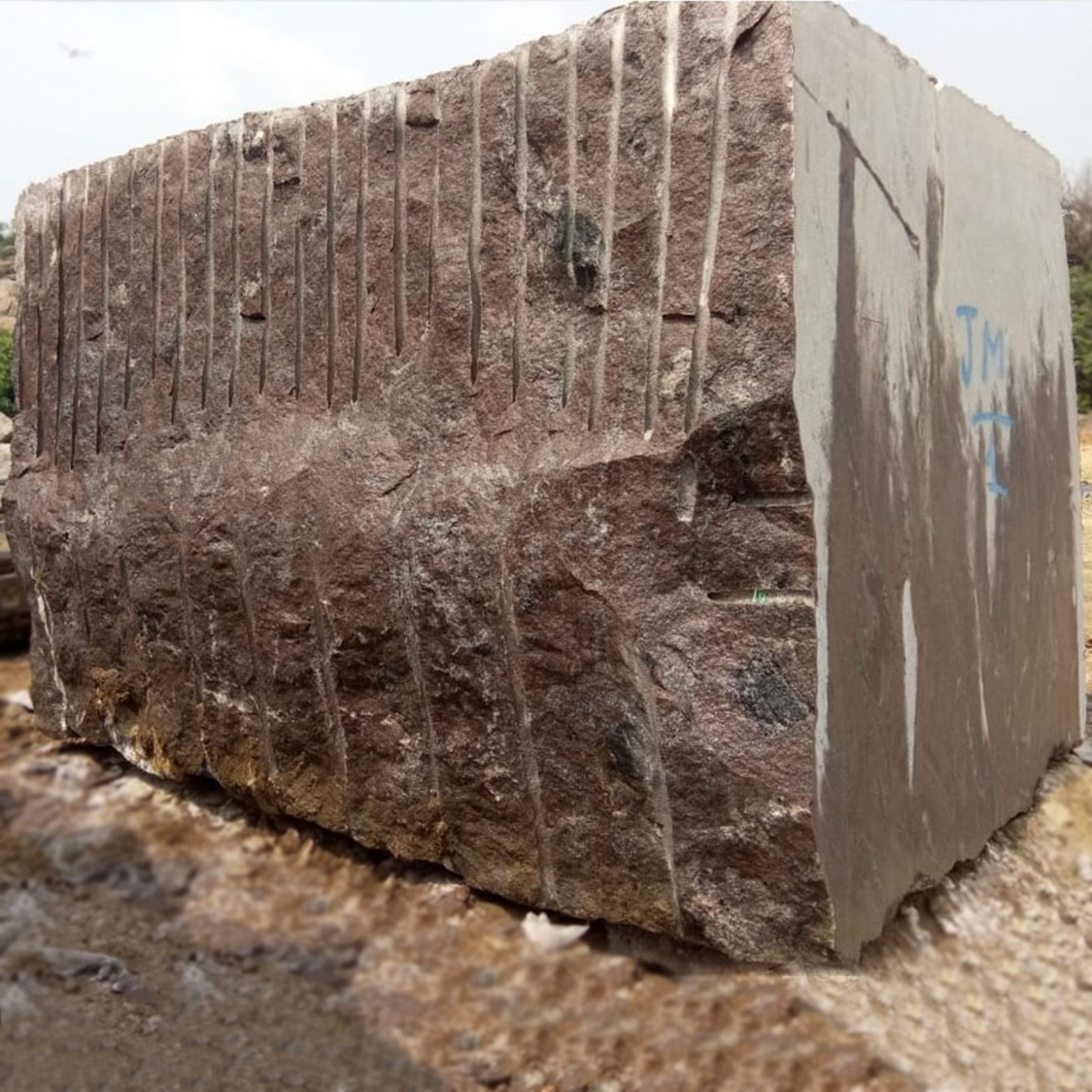Rustenburg's Natural Prizes: A Comprehensive Guide to Granite Quarries in Rustenburg and Their Value
Wiki Article
From Stone to Grandeur: Unearthing the Keys of Granite Quarries
' From Rock to Natural Beauty: Unearthing the Secrets of Granite Quarries' is an exploration right into the remarkable world of granite quarries. The publication examines the influence of granite quarries on the setting, giving beneficial insights into sustainable practices and ecological preservation.The History of Granite Quarries

In ancient Egypt, granite quarries were purposefully situated along the Nile River, giving simple access to transport the heavy rock blocks. The well-known pyramids of Giza, including the Excellent Pyramid, were constructed utilizing granite sourced from these quarries. In old Greece, the island of Naxos was renowned for its high-quality white marble, which was quarried and made use of in the construction of famous structures like the Parthenon.
The Roman Realm additionally relied greatly on granite quarries, especially in the building of their grand building tasks. The Colosseum in Rome, for instance, was developed making use of granite sourced from quarries in Egypt and Greece. The Romans further advanced the quarrying methods, using competent craftsmen and designers to essence and transportation granite across large distances.
Today, the legacy of these ancient granite quarries remains to influence contemporary design and construction. The expertise and experience obtained from centuries of quarrying have actually been given through generations, ensuring that granite stays a cherished and desired structure product.
The Removal Refine of Granite
Having discovered the historic relevance of granite quarries, we currently look into the details of the extraction process, which is a vital action in changing raw stone into the amazing building product it ends up being. The removal process of granite involves a number of stages, starting with the preliminary exploration and identification of prospective quarry websites. Once an ideal site is located, the removal process begins with the removal of overburden, which refers to the dirt, vegetation, and other materials covering the granite deposit.This involves boring openings into the granite using specialized machinery and then placing dynamites into the openings. The dynamites are detonated, fracturing the granite right into manageable items.
Once the granite is damaged down right into smaller sized sizes, it is packed onto trucks or conveyor belts and transferred to a handling facility. At the processing facility, the granite is more refined through cutting, shaping, and brightening processes. granite quarries in rustenburg. This is done making use of different reducing and brightening devices, such as brushes, mills, and saws, to attain the desired form, dimension, and surface
Methods and devices Utilized in Granite Quarrying
Granite quarrying entails the usage of a selection of tools and methods to extract the stone from the earth's surface. These strategies and devices have evolved with time, ending up being extra reliable and sophisticated. One of the key devices utilized in granite quarrying is the ruby wire saw. This device contains a cord embedded with ruby grains, which have the ability to reduce with the granite with accuracy and simplicity. The cable is connected to a maker that manages the stress and speed, enabling controlled and precise cutting.An additional crucial device in granite quarrying is the exploration machine. Once the nitroglycerins are detonated, they crack the granite, making it easier to remove from the quarry.
In addition to these devices, there are various techniques used in granite quarrying. These methods, along with the use of advanced equipment, have made granite quarrying more efficient and less labor-intensive.
Transforming Raw Granite Into Architectural Marvels
After the extraction procedure, the raw granite undergoes a transformative trip to end up being amazing architectural marvels. The drawn out granite blocks are moved to a manufacture center where they are cut into pieces of various thicknesses utilizing advanced cutting devices such as diamond cord saws.As soon as the pieces are ready, they can be additional refined to satisfy specific style requirements. Skilled craftsmen utilize advanced machinery and tools to shape the granite right into preferred forms, such as kitchen counters, floor covering ceramic tiles, or complex sculptures. This procedure needs thorough interest to information and experience to ensure that the end product meets the best criteria.
Next, the completed granite pieces are carefully inspected description for any kind of defects or flaws. Any kind of minor problems are dealt with, and the pieces are diligently cleaned up to remove any dust or particles. The transformed granite is packaged and prepared for transport to its intended destination.

The Impact of Granite Quarries on the Atmosphere
The environmental effect of granite quarries is a significant concern that must be attended to in order to ensure lasting practices in the stone sector. Granite quarries can have a detrimental effect on the surrounding atmosphere, consisting of the devastation of environments, pollution of air and water, and the generation of extreme noise and dirt.One of the main concerns is the devastation of natural habitats. Granite quarries typically include the removal of huge amounts of plants and topsoil, bring about the variation of wild animals and interruption of communities - granite quarries in rustenburg. This loss of biodiversity can have lasting effects for the surrounding atmosphere
Quarrying tasks can launch damaging contaminants into the environment, such as particle issue and hazardous gases. Additionally, the extraction of granite can result in the contamination of nearby water resources with the discharge of chemicals made use of in the quarrying process.

To alleviate these environmental impacts, the stone sector should adopt lasting methods. This includes applying procedures to minimize habitat devastation, boosting air and water contamination controls, and carrying out reliable dust and noise suppression strategies. Furthermore, reclamation initiatives must be embarked on to bring back quarried locations to their all-natural state read the article and sustain the regeneration of biodiversity.
Conclusion
In verdict, granite quarries have actually played a significant function in shaping human background and continue to add to building marvels. Understanding the tricks of granite quarries permits us to appreciate the craftsmanship and appeal that can be acquired from this all-natural resource.' From Rock to Elegance: Unearthing the Tricks of Granite Quarries' is an expedition into the interesting world of granite quarries. The background of granite quarries can be traced back to ancient times, with proof of quarrying tasks found in ancient Egypt, Greece, and Rome. The Colosseum in Rome, for instance, was constructed using granite sourced from quarries in Egypt and Greece - granite quarries in rustenburg. These techniques, along with the usage of advanced machinery, have actually made granite quarrying more effective and less labor-intensive. Furthermore, the extraction of granite can result in the contamination of neighboring water sources through the discharge of chemicals used in the quarrying process
Report this wiki page